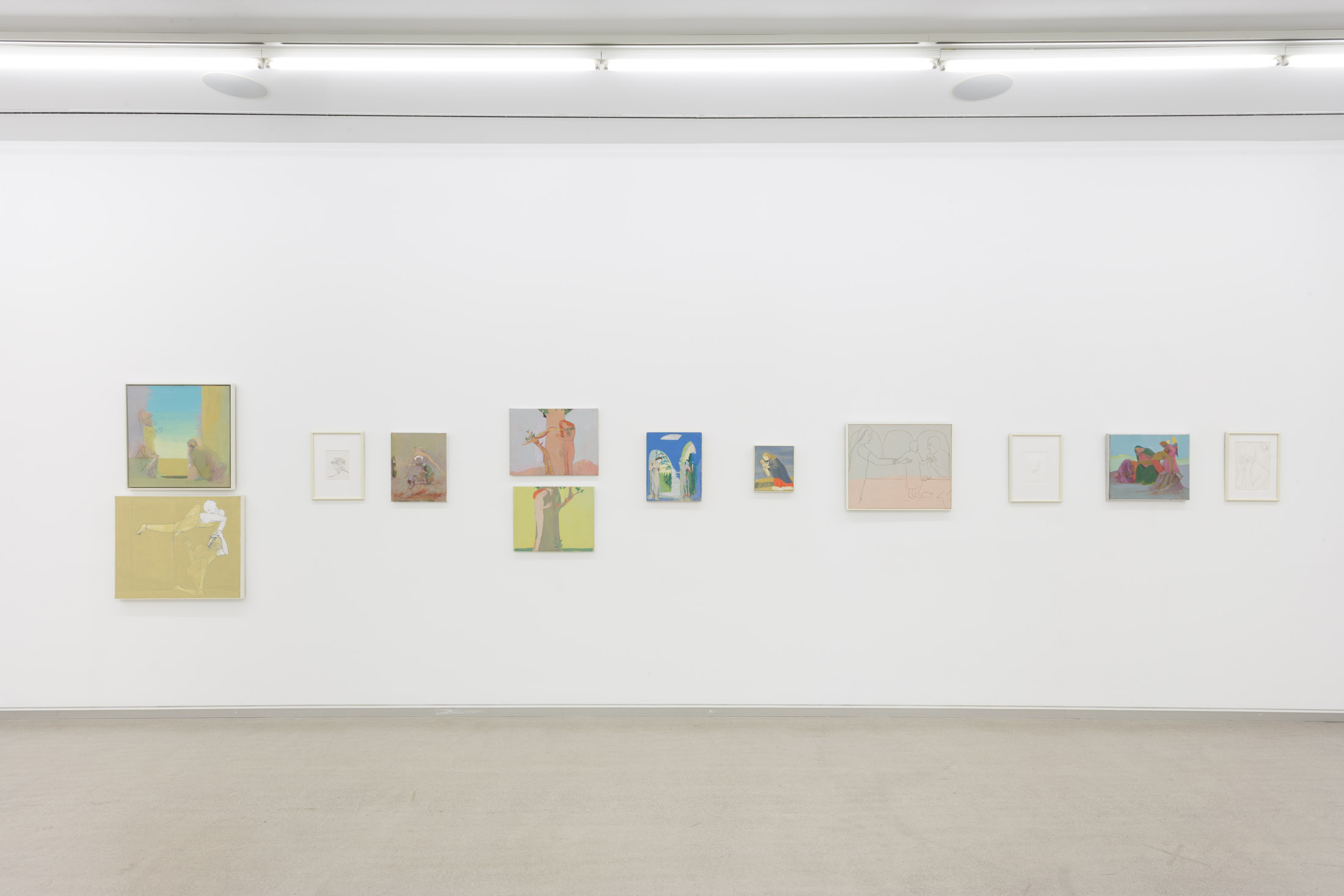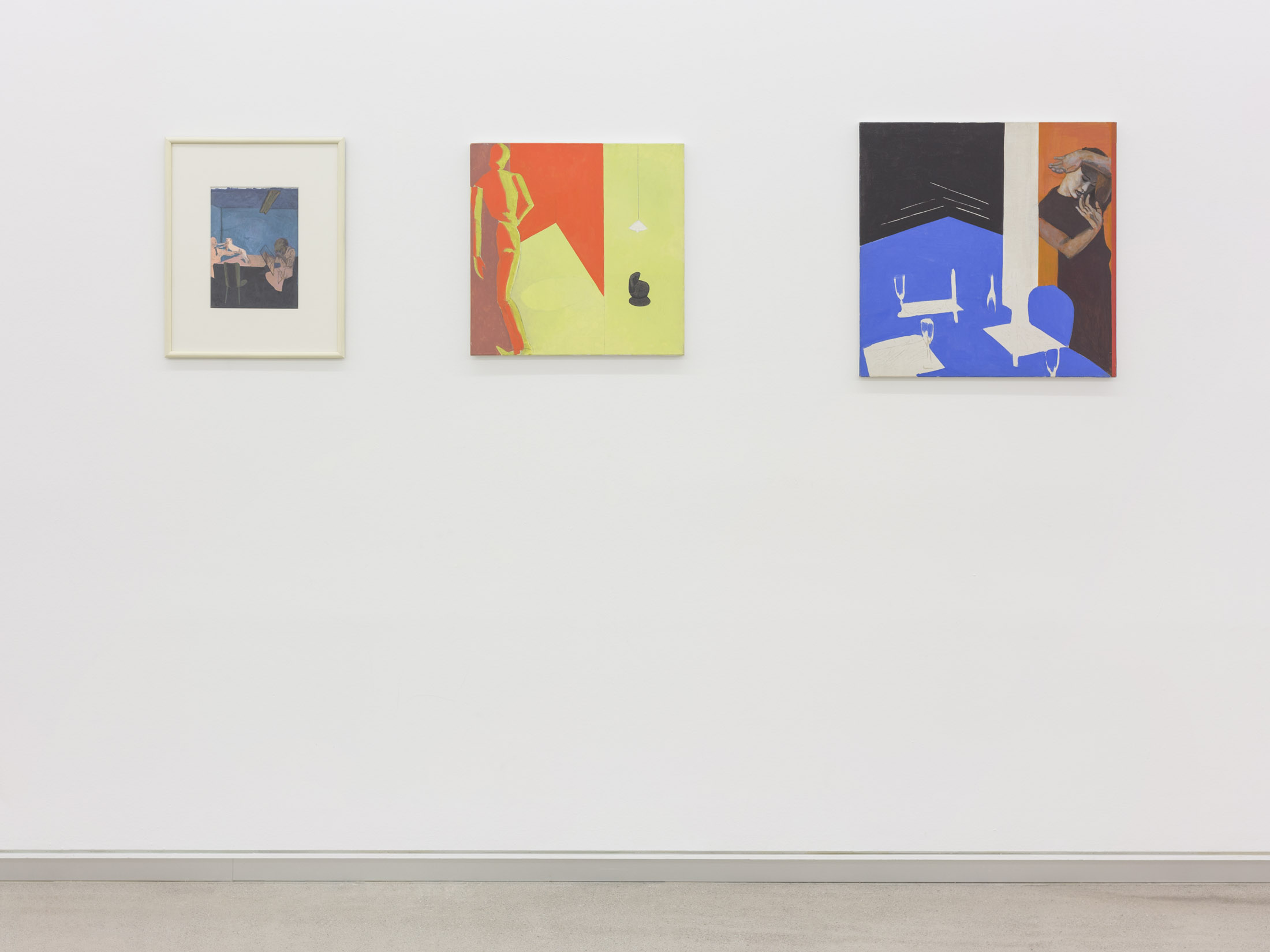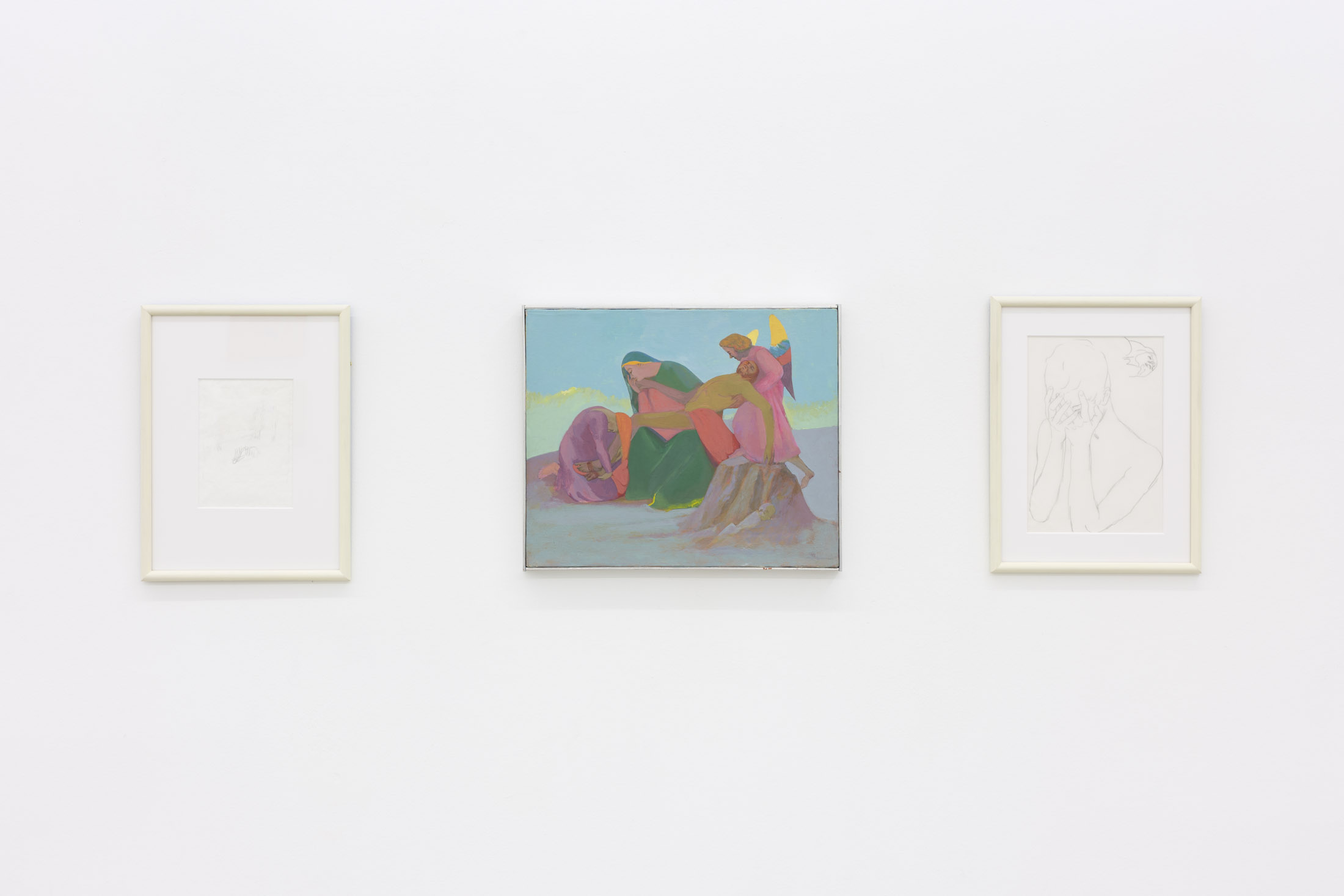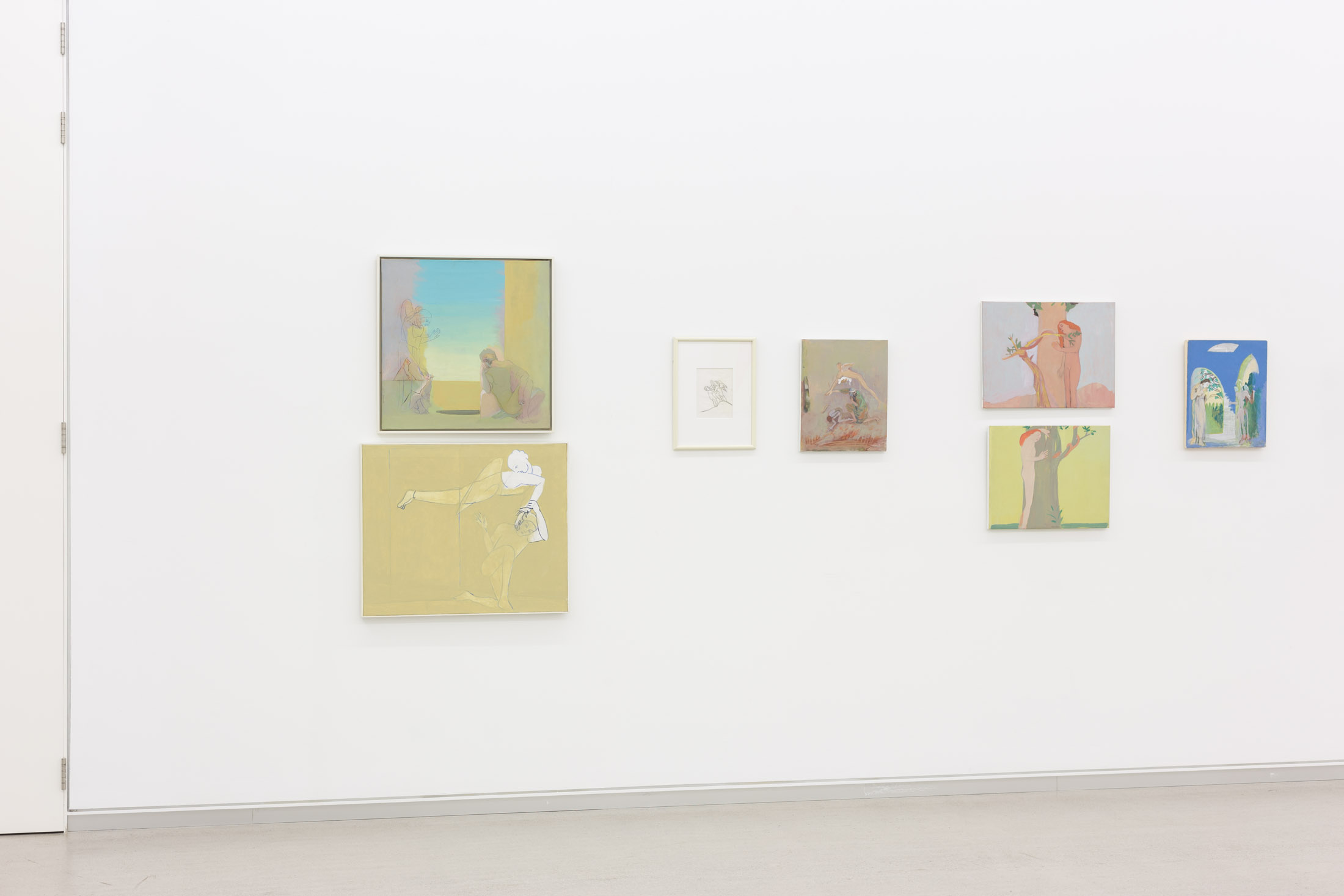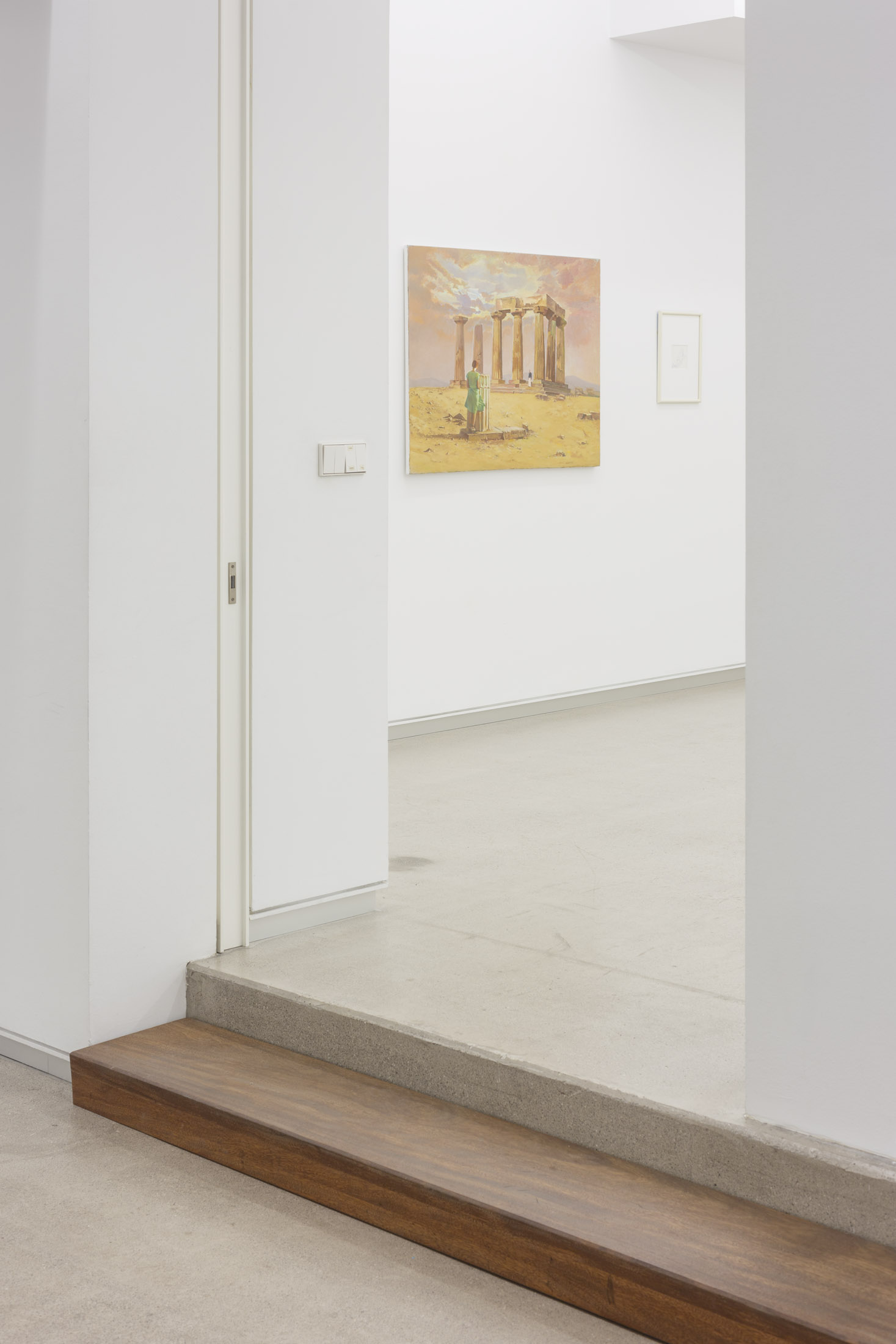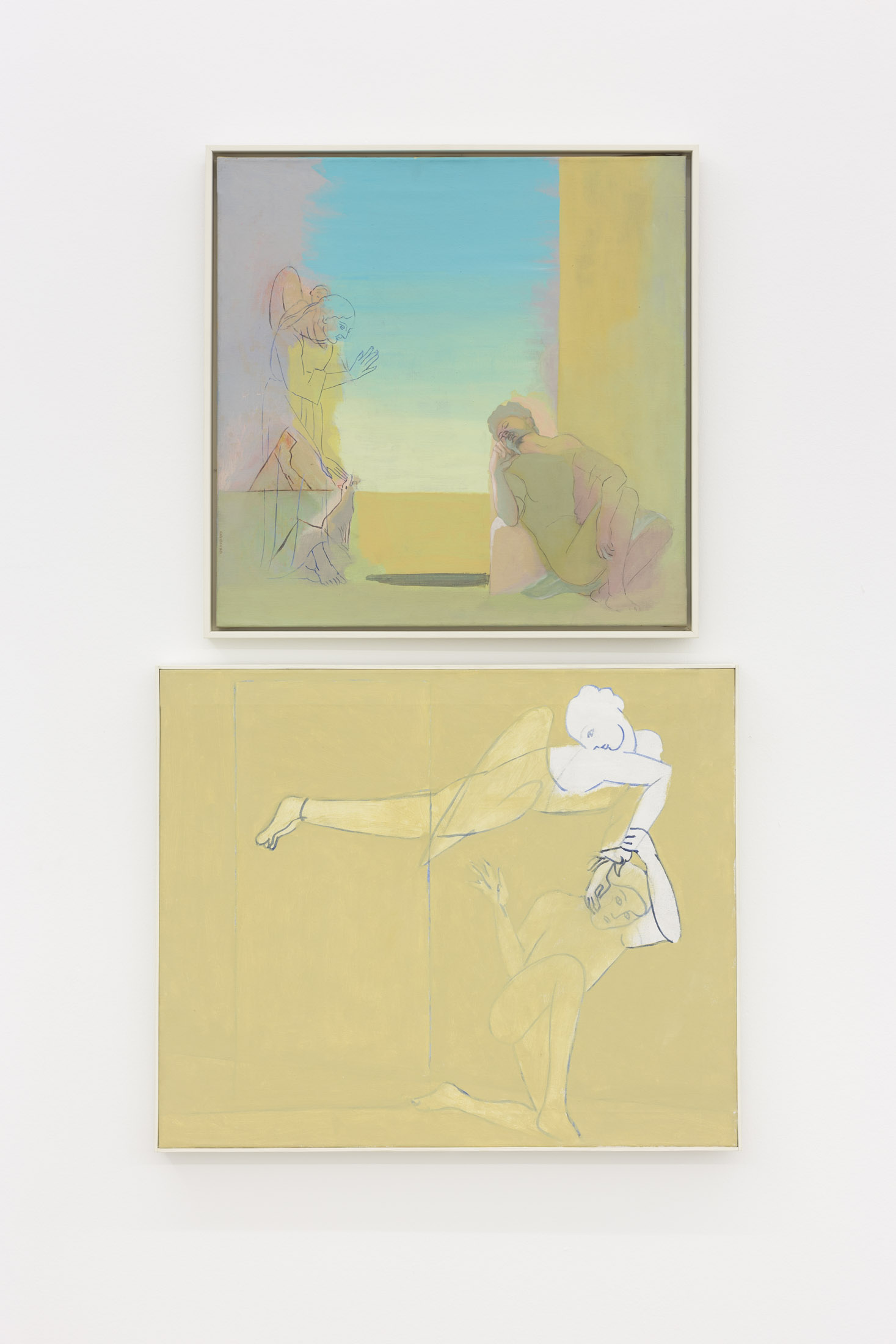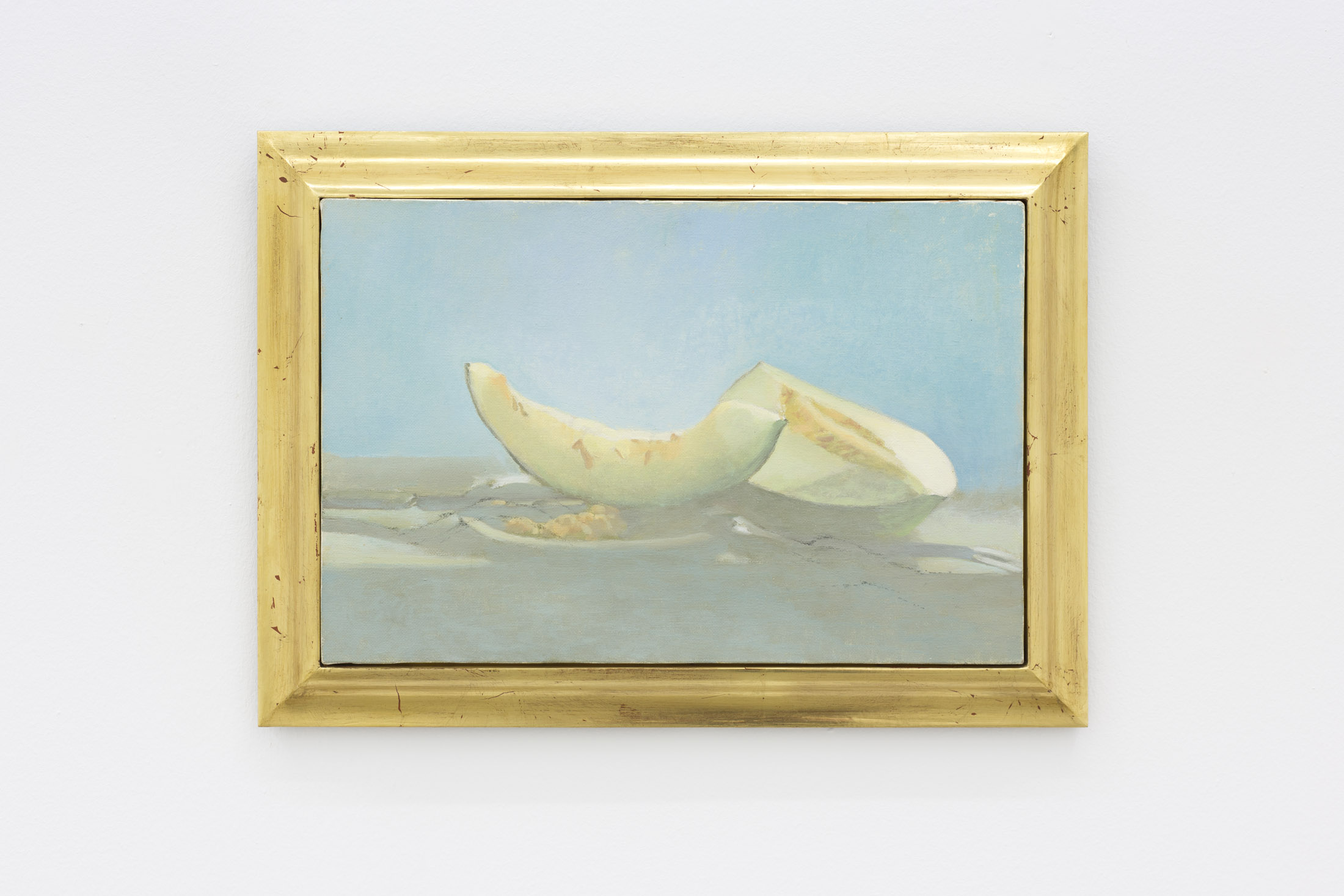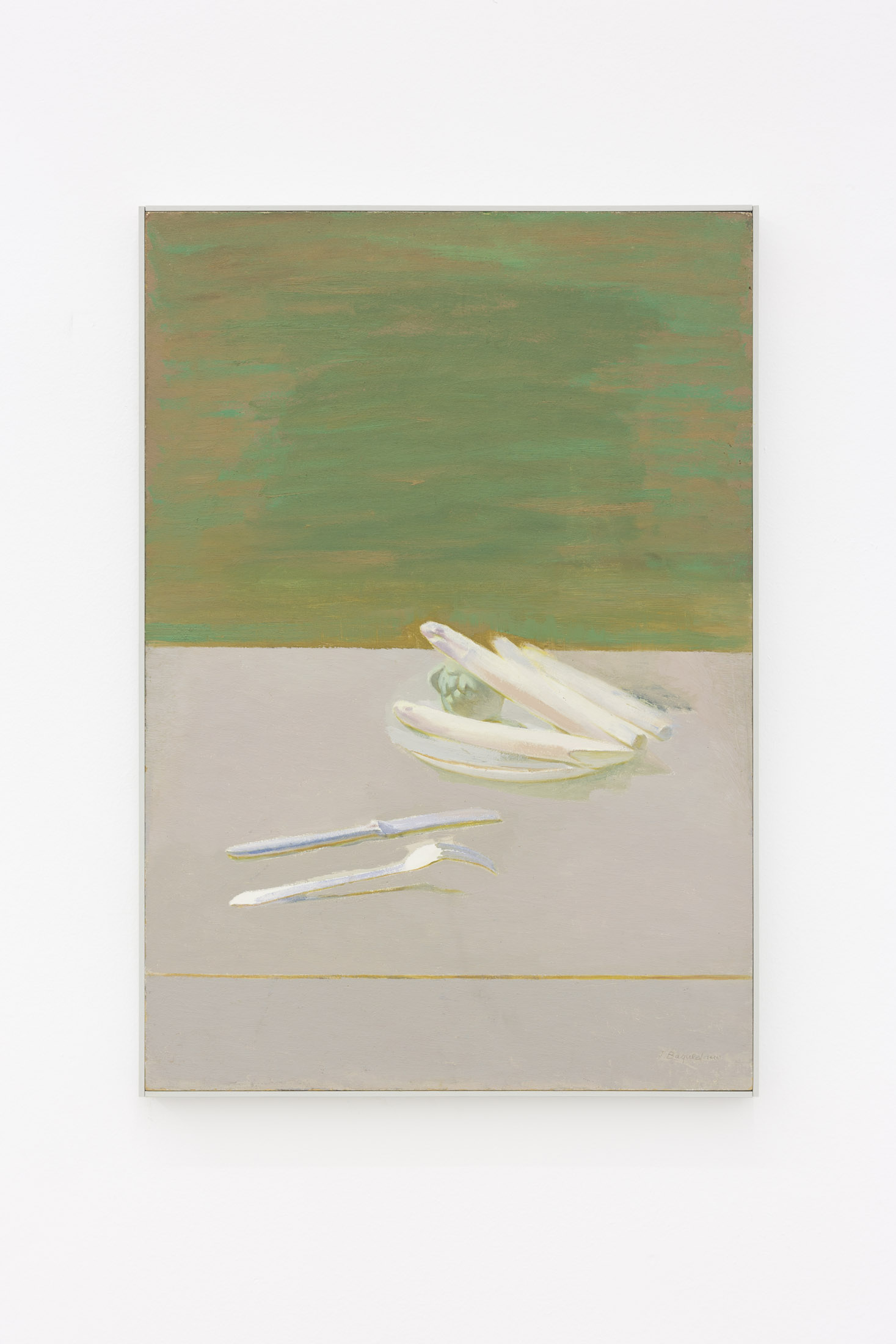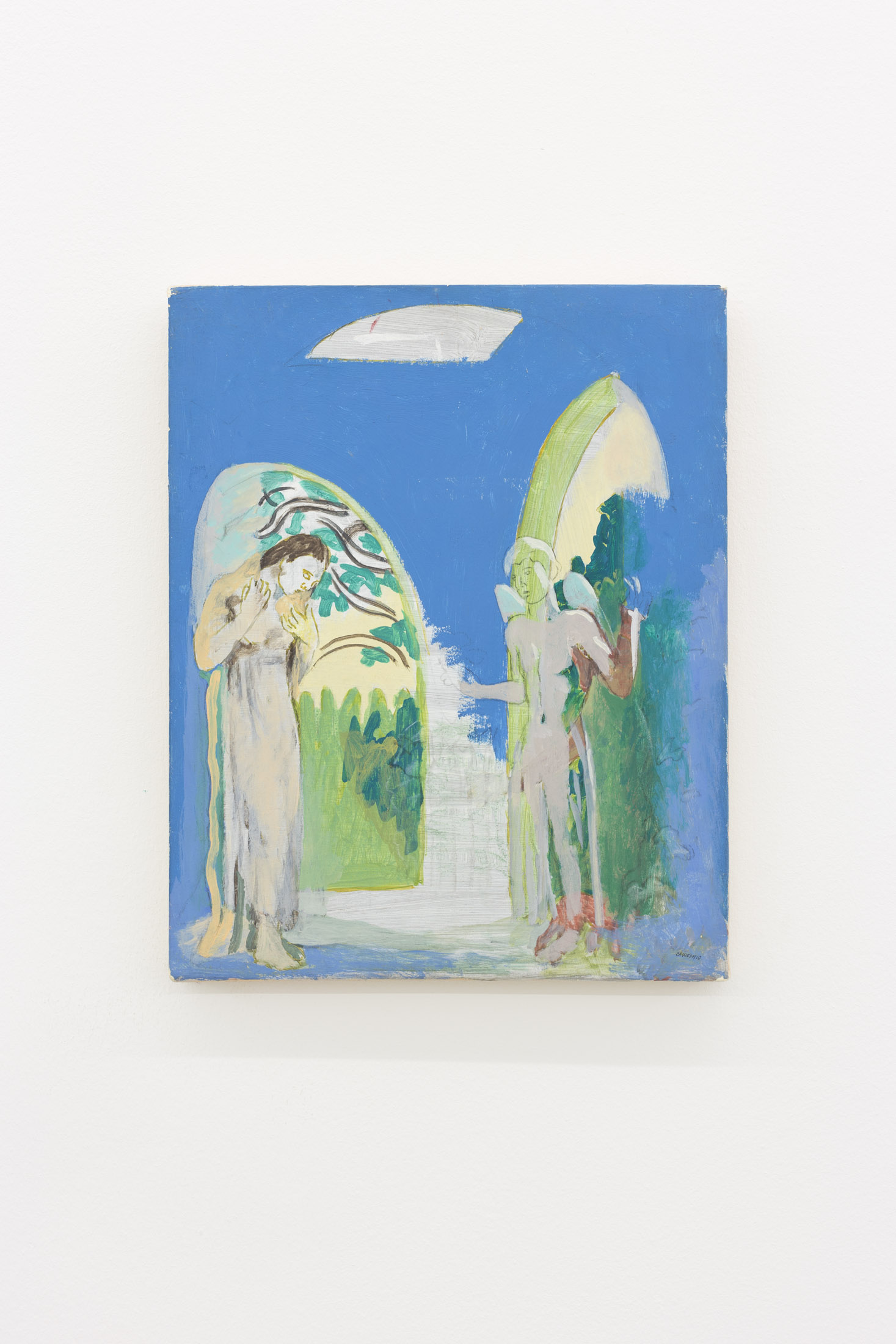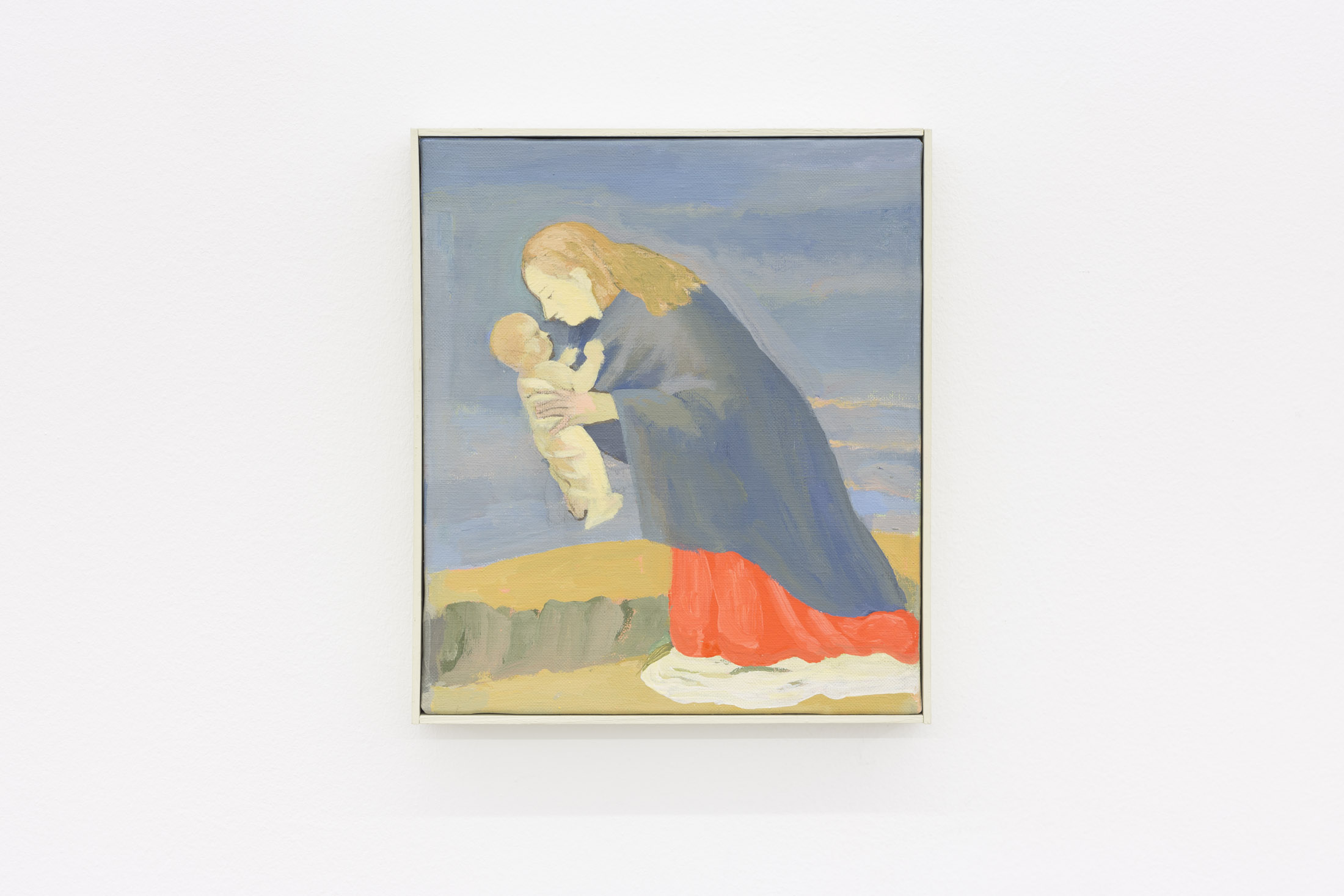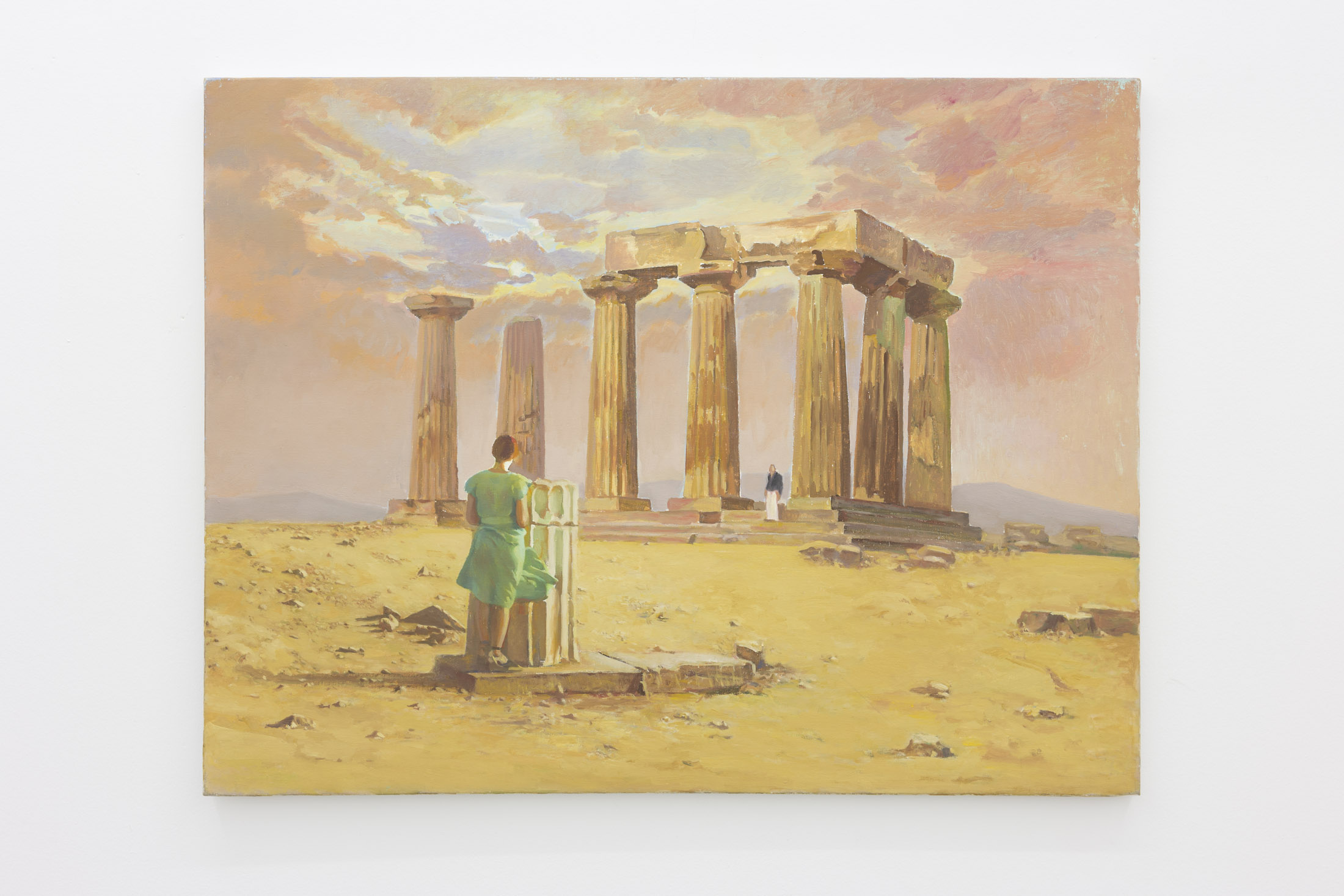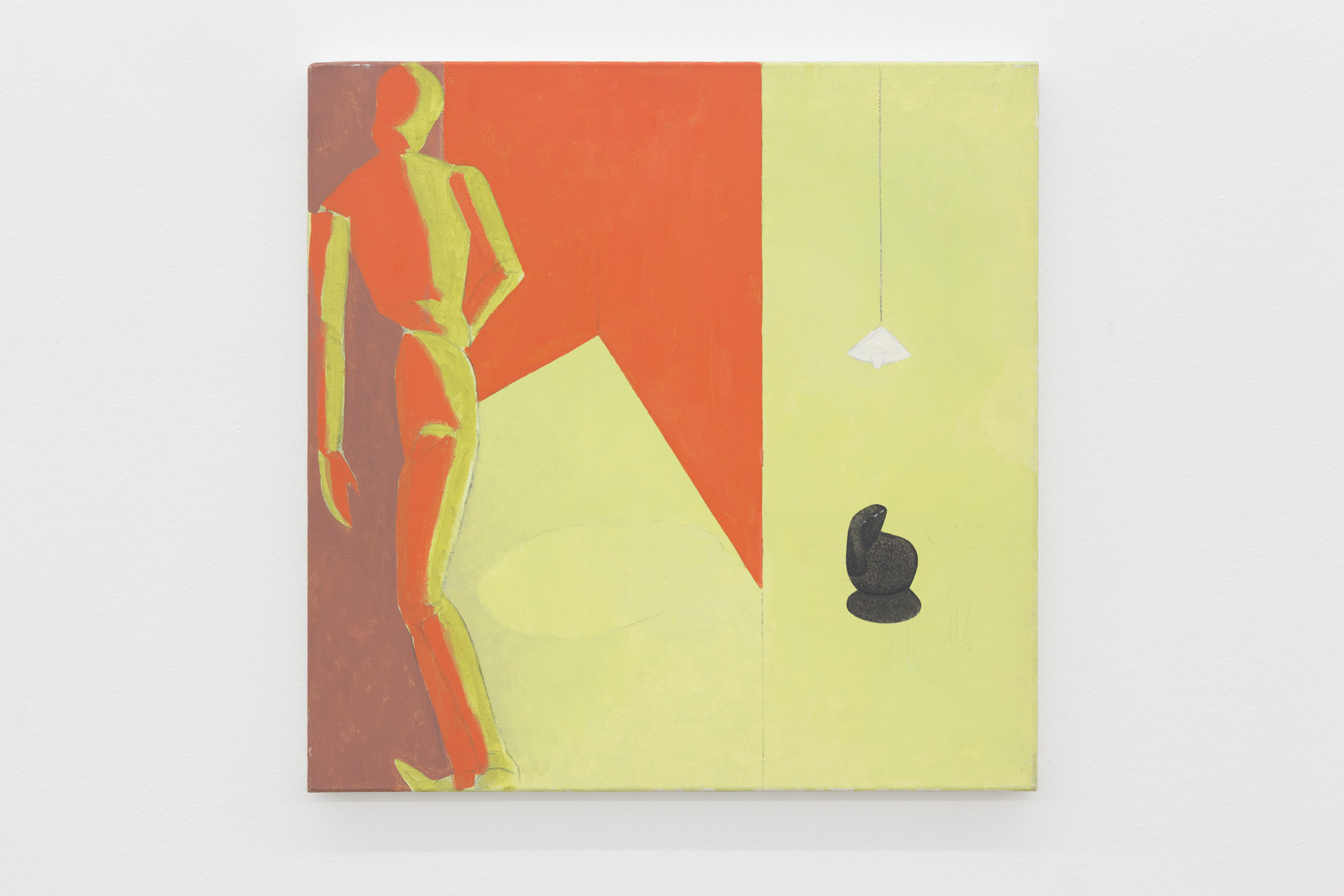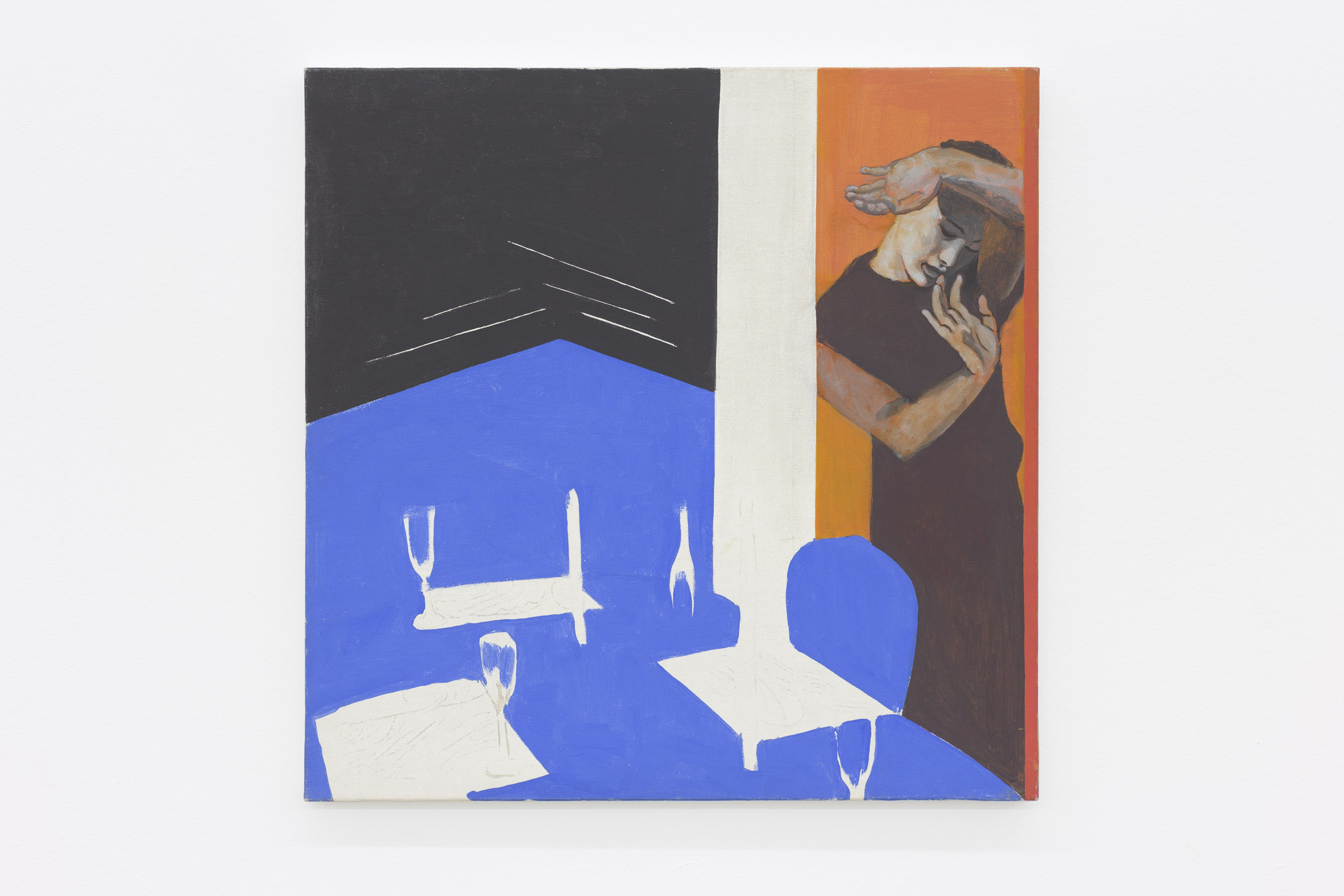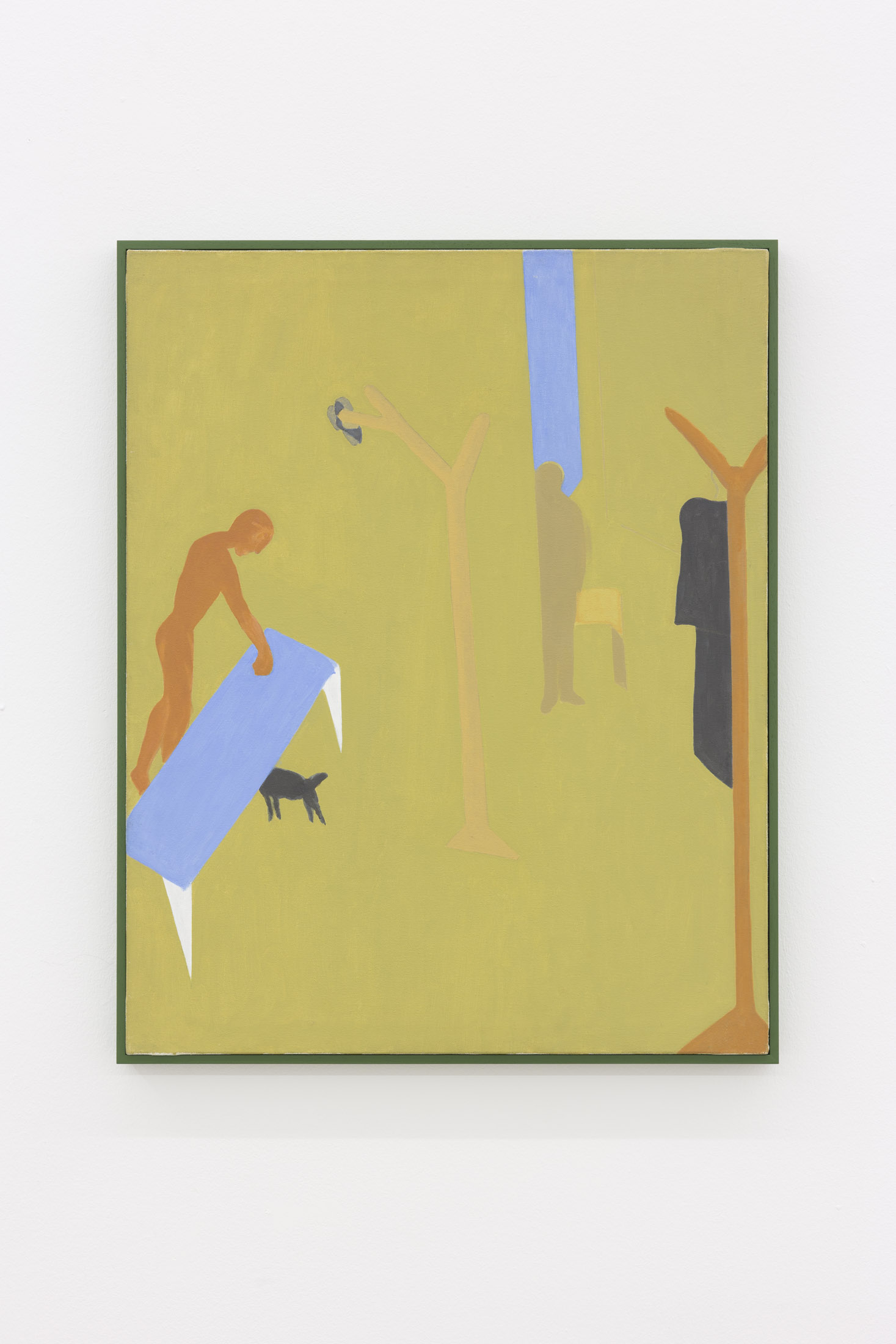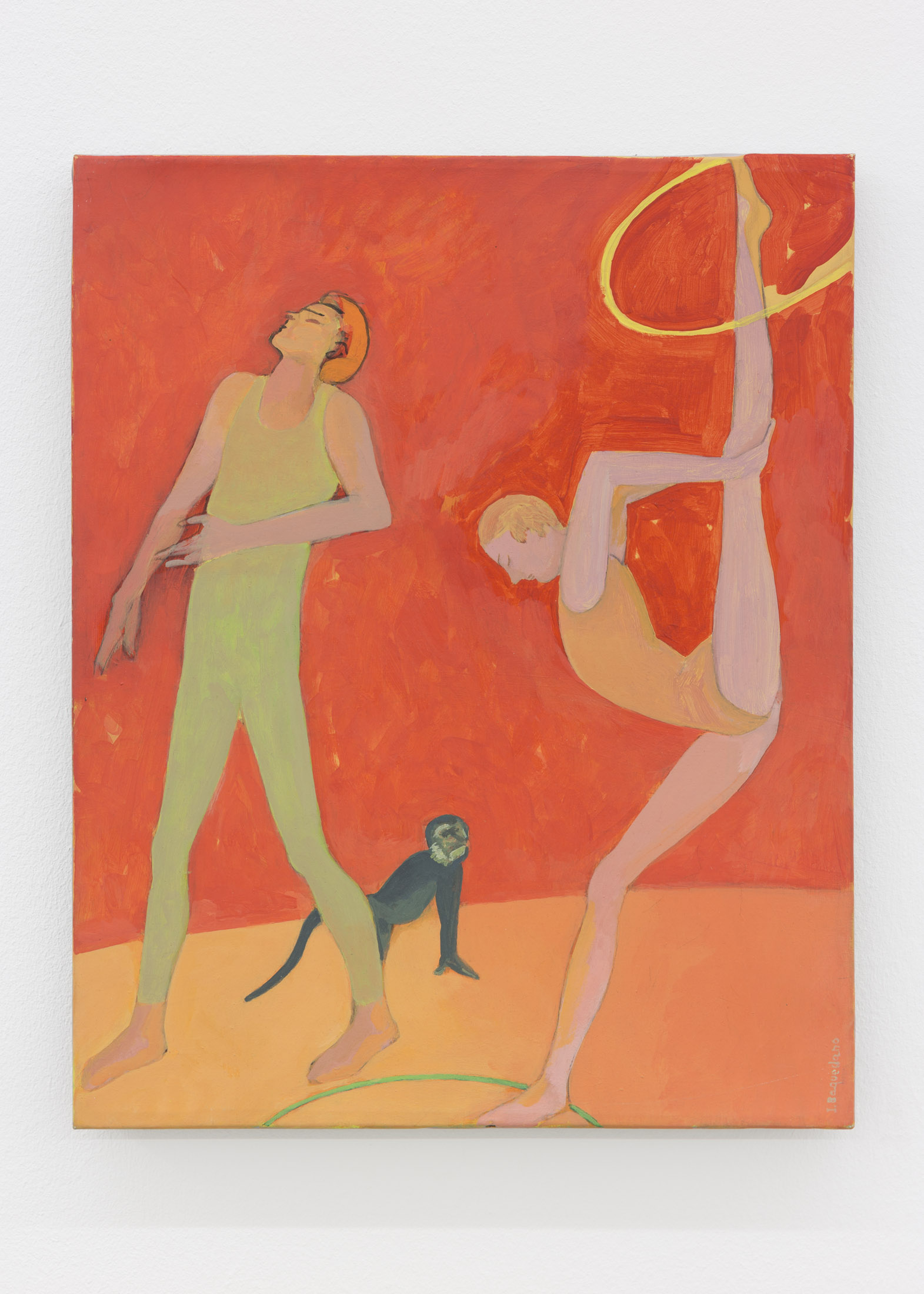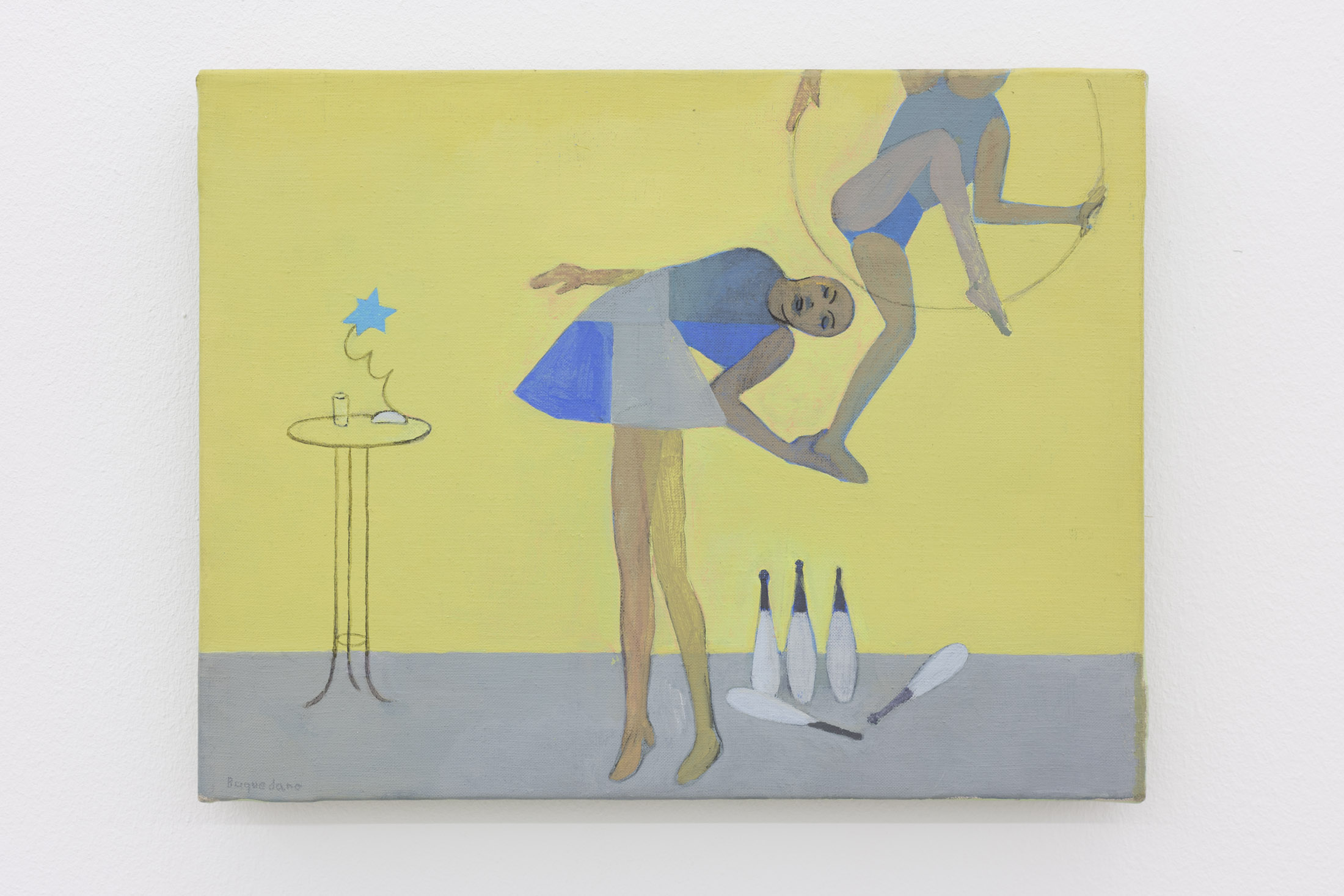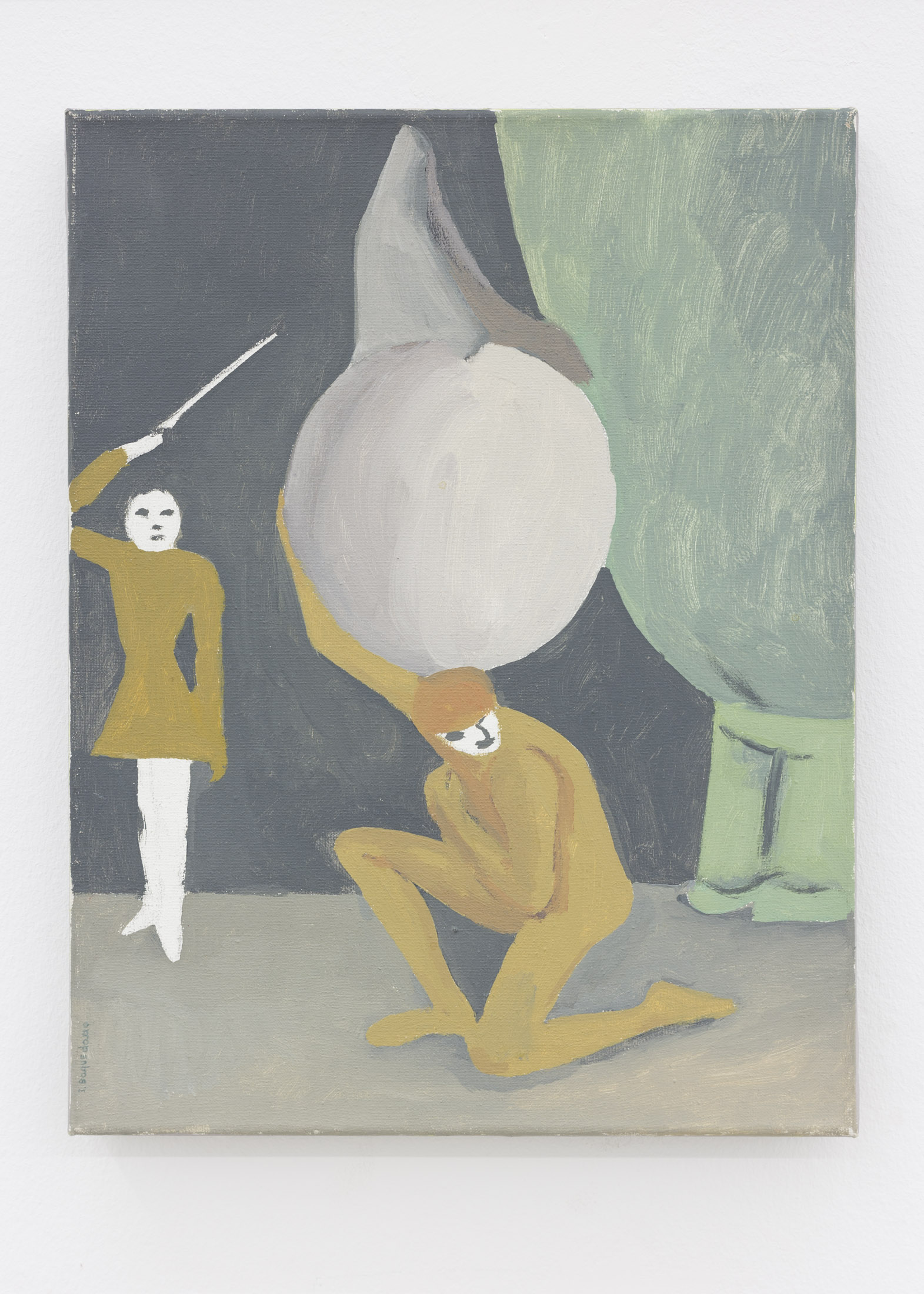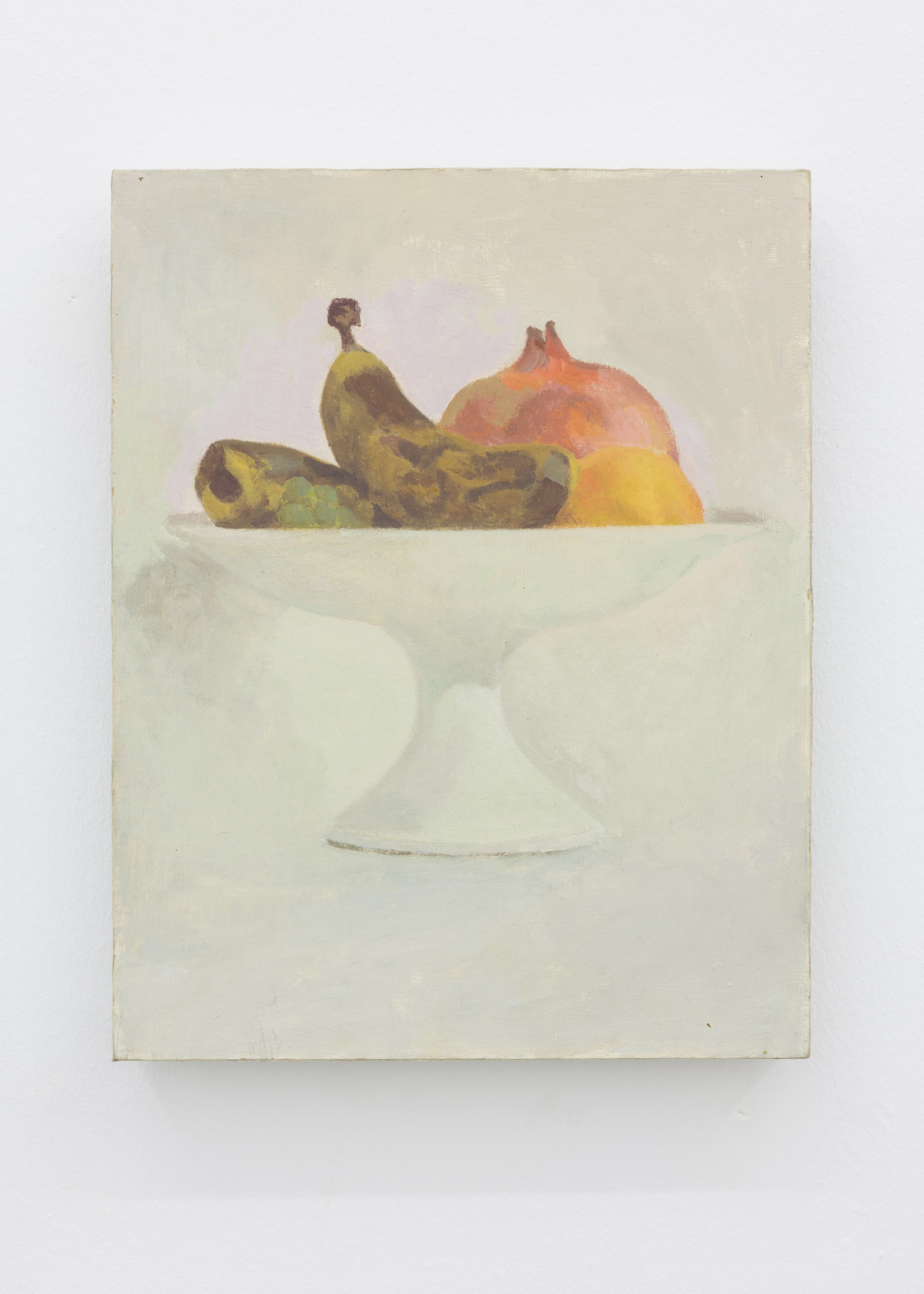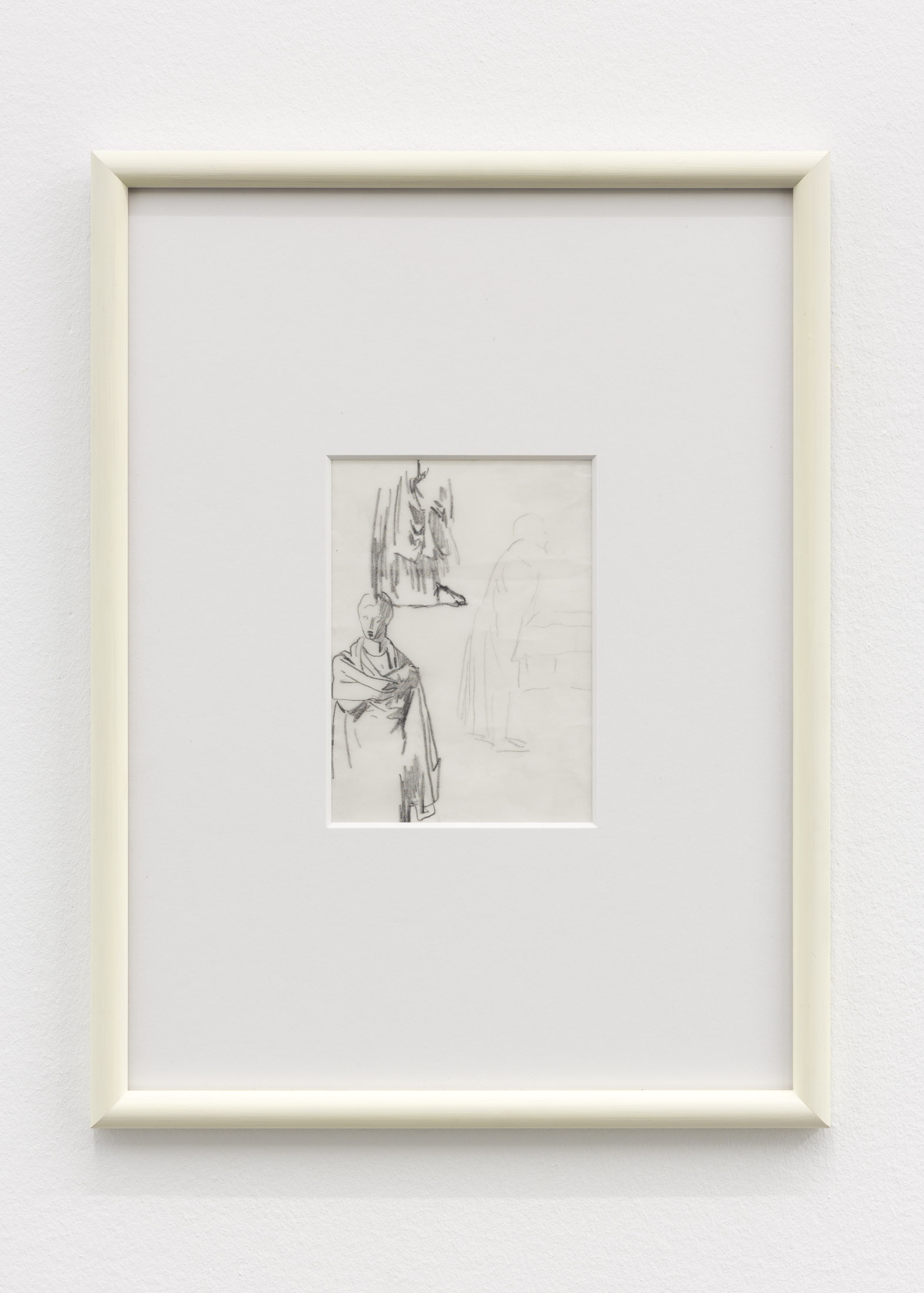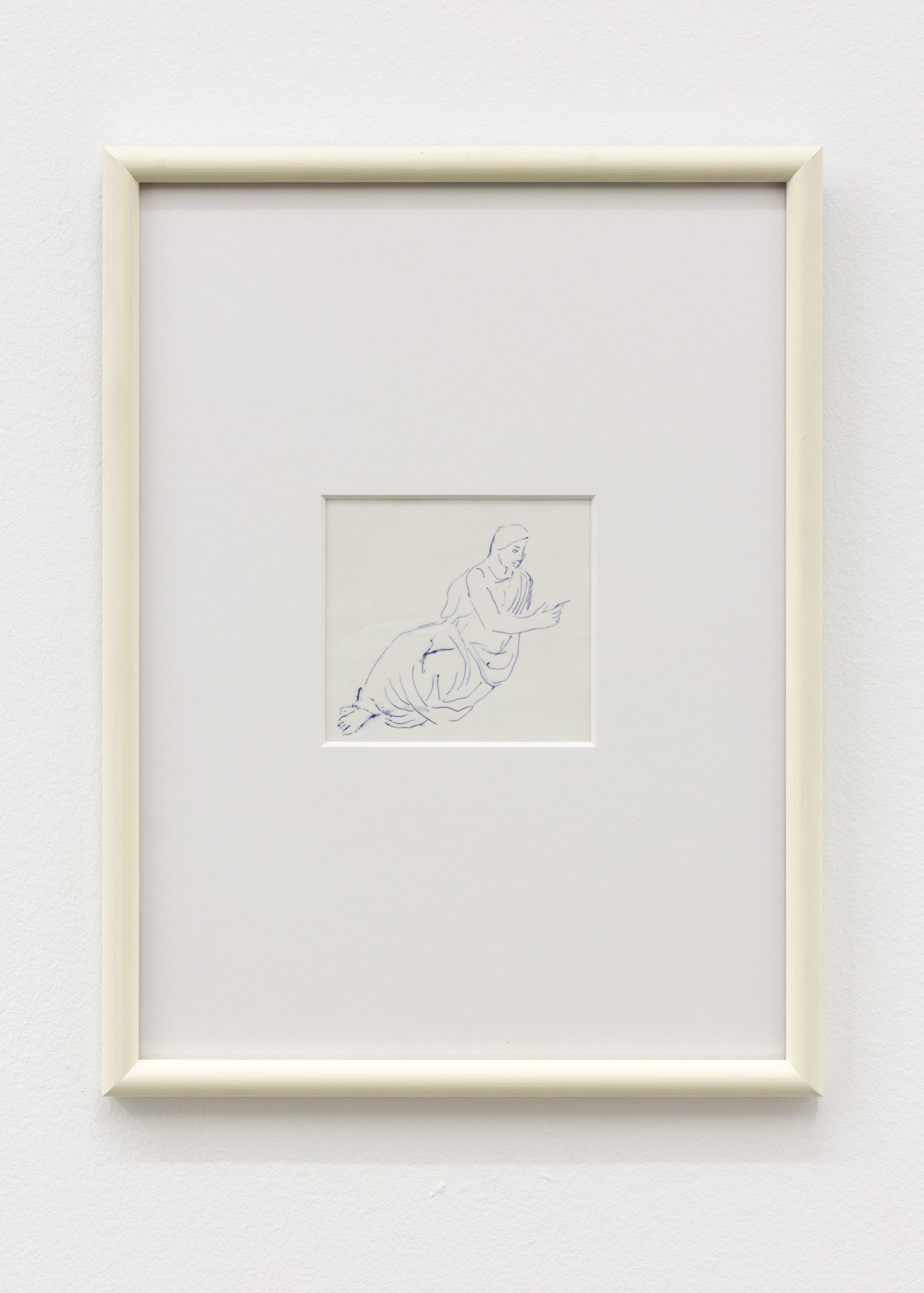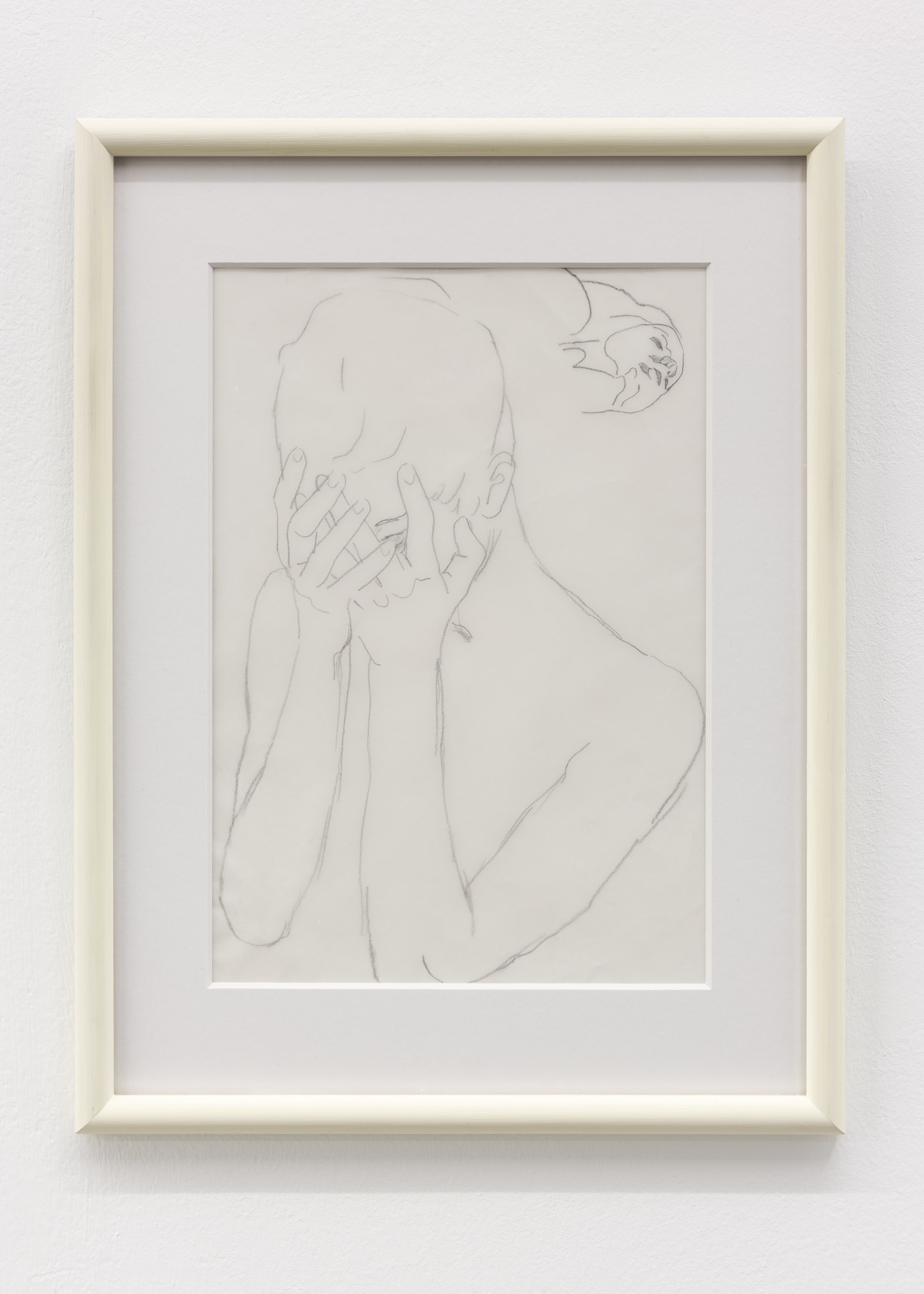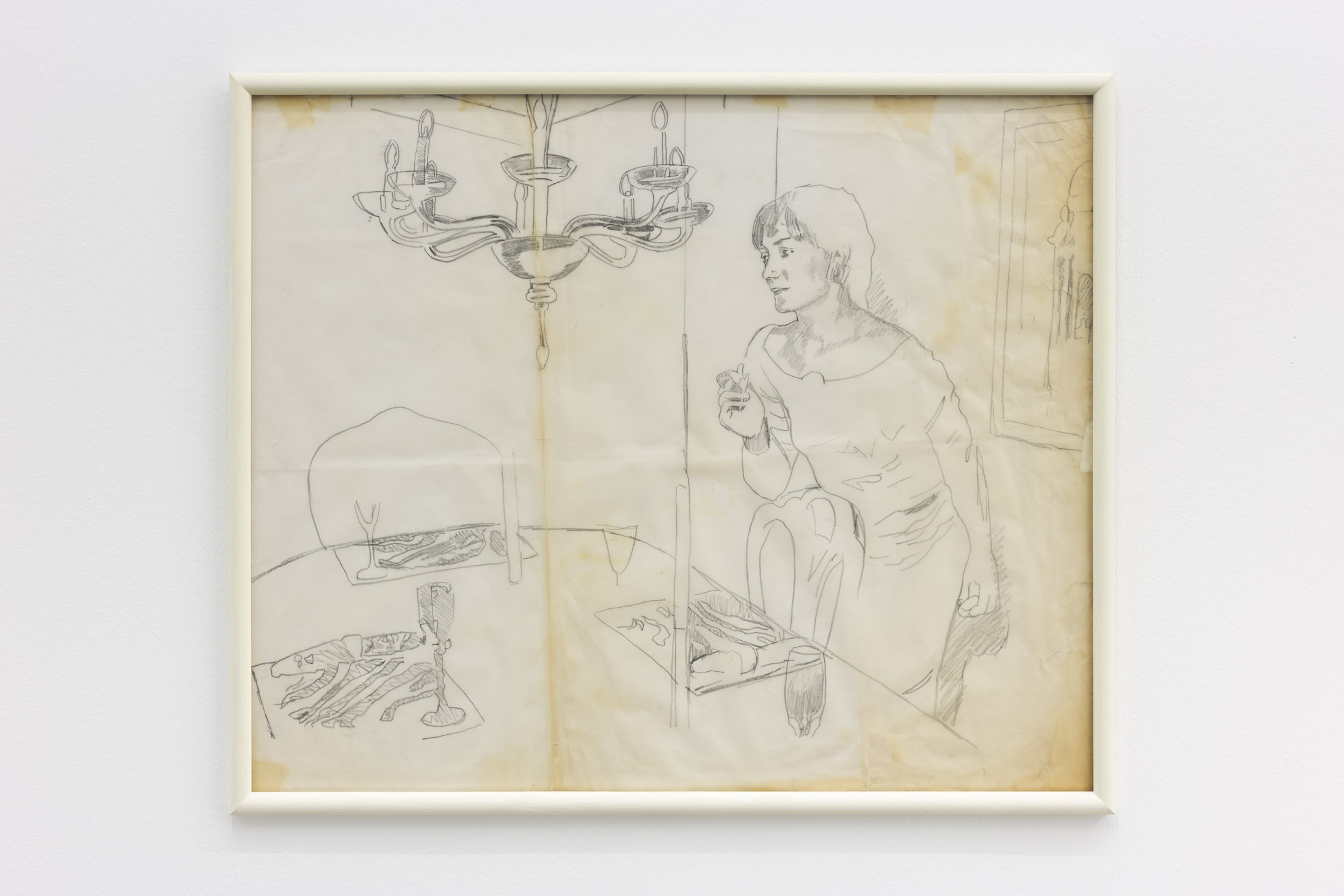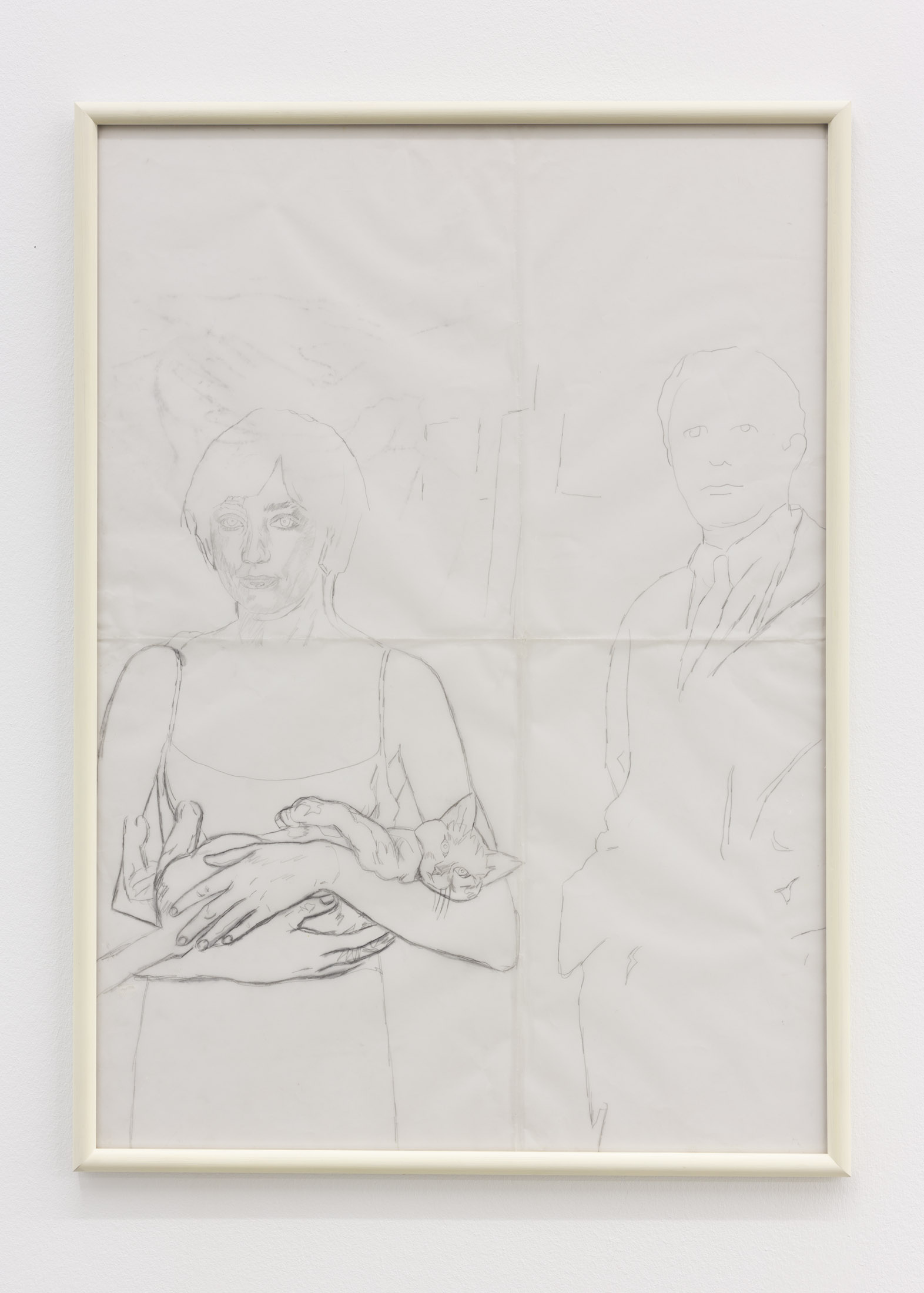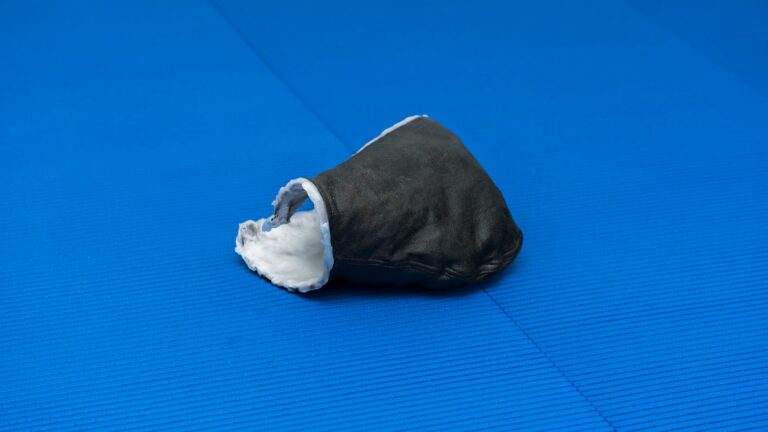Artist: Isabel Baquedano
Venue: CarrerasMugica, Bilbao, Spain
Date: March 9 – May 11, 2023
Photography: Ander Sagastiberri / all images copyright and courtesy of the artist and CarrerasMugica, Bilbao
CarrerasMugica is pleased to present, from 9 March to 11 May, an exhibition of the work of Isabel Baquedano, the second following the show in 1998.
The show has been prepared jointly with the enthusiasm and know-how of the Guillermo de Osma gallery from Madrid, where it will travel this coming May and June.
Exploring Isabel Baquedano’s work affords an opportunity to acknowledge the exploits of a whole generation of painters—Antonio López, Isabel Quintanilla, Alfredo Alcaín, among other colleagues and friends who studied at the San Fernando School of Fine Arts in Madrid—who dared to look at and confront Spanish society in the years following the Civil War through socially-inflected figuration, or practicing a realism of sorts, at times with an intimate character, yet equally attentive to the development of Pop Art in the 1950s and 60s.
Having said that, Isabel Baquedano’s work seems to be more attuned to the history of painting, and to works of the old masters in the Prado museum, which she frequented and sometimes ‘painted’ in her time as a student.
For instance, it could have been in front of Velázquez, whose work she greatly admired, when the painter realized that the work’s engagement with reality does not depend on the degree of resemblance of what is depicted, but the way of addressing the picture through the sole medium of paint.
But the memory of her first religious drawings, alive and animated, which opened the recent exhibitions in Bilbao and Pamplona, suggests that the painter has always remained firmly grounded in this principle, ever since her beginnings at the School of Arts and Crafts in Zaragoza.
The exhibition boasts several examples of her skill in non-realist yet truthful representation of the model. Particularly striking is the group of small still lifes taken from nature, made in two or three sittings, with highly vivid colouring, almost as if the scenes and the fruit had been captured in the precise moment before they start to turn. And painted in different manners.
The drawings provide equal proof of her consummate control of representation (for instance, the cat in the woman’s arms). Executed in graphite, the painter made them as a way of acquainting herself beforehand with the form of her figures, which she would then synthetize exactly on the canvas, allowing colour to take on the rest of the task. So that colour, subjective in both condition and root, can endeavour to illuminate what desire calls out for beyond meaning, perhaps in the realm of the autobiographical.
This can be seen in her paintings of waiters and jugglers, made by Isabel in the long process of getting over the end of a sentimental relationship, which inexplicably forces the painter to reduce the naturalist imprint of the painting, and to a non-objective use of colour; yet the characters are drawn in a relationship of continuous motion in which irony—subtle evidence of the breakup—smoothly morphs from direct tirade to a more affectionate approach in the jugglers, ultimately giving shape to a whole declaration of intent of women with respect to men: from the scene of the couple with dog to the firm stance of the seal trainer.
The third thematic section of the exhibition focuses on her so-called religious paintings, which, in principle, have the same formal characteristics as the jugglers: the well-synthetized figures, the non-objective, non-modulated and more abstract use of colour calling to mind ‘symbolist’ painting. It is true that some of these works take a clearly symbolist approach; nonetheless, unhurried observers can note that each one deals with a specific issue pertaining to aspects of organization and painting, aimed at presenting the Christian message as if it were a present-day event. To this end, she introduces simple discontinuities that ‘disjoint’ the unity which convention generally imposes on religious imagery: random blotches, remains of other paintings…; and with the directions and gazes of the various characters producing a dynamic weft, for which the colours, employed in all their value and chromatic contrast, are further activated, verging on becoming pure light, veiling how the sacred manifestly flaunts convention and law.
It is no accident that this happens in scenes from the New Testament, as in the case of her descents from the cross, where the striking use of colour animates the very expression of a hushed and imperishable tale of woe.
Counterpointed by the small picture of Mary grieving, covered with powerful brushwork in bright red and murky blue; and with the grand painting of the Christian nativity scene resonating over the figure of Jesus. Drawn in profile, the child is illuminated for moments by Piero della Francesca and in the following moment by Andrea Mantegna.
Diminutive marvels that nevertheless bear witness to the fact of having been painted.
A kind of enactment of painting, explored in a thousand different ways by Isabel Baquedano, which endorses the contemporaneity of her work beyond the subject matters depicted.
Isabel Baquedano (Mendavia, Navarra, 1929 – Madrid, 2018) studied at the School of Arts and Crafts in Zaragoza and at the San Fernando School of Fine Arts in Madrid. She taught drawing and modelling at the School of Arts and Crafts in Pamplona from 1957. Her work can be found in many collections, including Museo del Prado, Museo Nacional Centro de Arte Reina Sofía, Museo de Bellas Artes de Bilbao, Museo Artium, Museo de Navarra, University of Navarra Museum Collection, IVAM, Fundación ARCO, Fundación Sorigué, Fundación Coca-Cola, Fundación Bancaja, Fundación Focus Abengoa, Caja Madrid, Caja de Burgos and BBVA, among others. In 2019, the Museo de Bellas Artes de Bilbao held a wide-ranging survey of her work, De la belleza y lo sagrado, which then toured to the Museo de Navarra and Museo de la Universidad de Navarra.
Isabel Baquedano, 2023, exhibition view, CarrerasMugica, Bilbao
Isabel Baquedano, 2023, exhibition view, CarrerasMugica, Bilbao
Isabel Baquedano, 2023, exhibition view, CarrerasMugica, Bilbao
Isabel Baquedano, 2023, exhibition view, CarrerasMugica, Bilbao
Isabel Baquedano, 2023, exhibition view, CarrerasMugica, Bilbao
Isabel Baquedano, 2023, exhibition view, CarrerasMugica, Bilbao
Isabel Baquedano, 2023, exhibition view, CarrerasMugica, Bilbao
Isabel Baquedano, 2023, exhibition view, CarrerasMugica, Bilbao
Isabel Baquedano, 2023, exhibition view, CarrerasMugica, Bilbao
Isabel Baquedano, 2023, exhibition view, CarrerasMugica, Bilbao
Isabel Baquedano, 2023, exhibition view, CarrerasMugica, Bilbao
Isabel Baquedano, 2023, exhibition view, CarrerasMugica, Bilbao
Isabel Baquedano, 2023, exhibition view, CarrerasMugica, Bilbao
Isabel Baquedano, 2023, exhibition view, CarrerasMugica, Bilbao
Isabel Baquedano, 2023, exhibition view, CarrerasMugica, Bilbao
Isabel Baquedano, “Melón Partido Pintado Al Natural”, C. 2012, Acrylic on Canvas, 19,5 X 24 cm
Isabel Baquedano, “bodegón de mendavia”, 1984, oil on tablex, 65 x 45 cm
Isabel Baquedano, “anunciación”, 1996, acrylic on canvas, 41,2 x 33,2 cm
Isabel Baquedano, “virgen doliente”, 2011, acrylic on canvas, 26,5 x 23 cm
Isabel Baquedano, “escena en el templo de apolo en corinto”, 2005, oil on canvas, 90 x 116 cm
Isabel Baquedano, “sin título”, 2005, acrylic on canvas, 50 x 50 cm
Isabel Baquedano, “sin título”, 80s, acrylic and charcoal on canvas, 60 x 60 cm
Isabel Baquedano, “interior con dos figuras, perro y perchero”, c. 2000, acrylic on canvas, 69 x 55 cm
Isabel Baquedano, “acróbatas”, 2004, acrylic on canvas, 41 x 33 cm
Isabel Baquedano, “acróbata (mazas)”, 2002, acrylic on canvas, 27 x 35 cm
Isabel Baquedano, “sin título”, 2003, acrylic on canvas, 35 x 27 cm
Isabel Baquedano, “sin título”, 2004, acrylic on canvas, 50 x 65 cm
Isabel Baquedano, “frutero”, 90s, oil on tablex, 29 x 23 cm
Isabel Baquedano, “sin titulo”, 1988, graphite on paper, 16 x 11,9 cm
Isabel Baquedano, “sin titulo”, 90s, blue ballpoint ink on tracing paper, 11,7 x 12,3 cm
Isabel Baquedano, “la muerte de lázaro”, c. 2012, graphite on paper, 20,9 x 14,9 cm
Isabel Baquedano, “eva”, 90s, graphite on paper, 29,5 x 20,5 cm
Isabel Baquedano, “sin titulo”, c.1986, graphite on tracing paper, 59,7 x 49,5 cm
Isabel Baquedano, “flores de el campillo”, c. 1980, grafito sobre papel, 20,8 x 26,9 cm
Isabel Baquedano, “sin titulo”, 80s, graphite on tracing paper, 70 x 50 cm
Isabel Baquedano, “la lucha de jacob y el angel”, 90s, graphite on tracing paper, 20,5 x 14,3 cm



